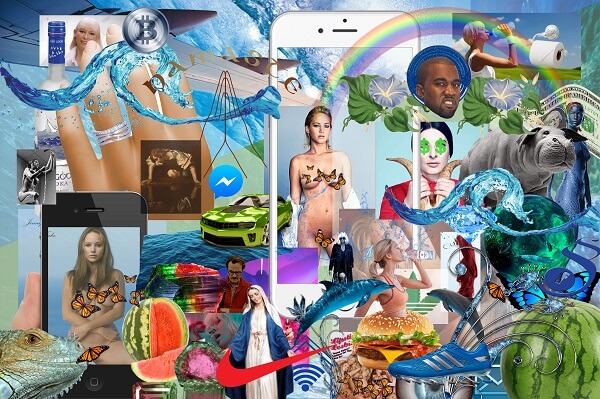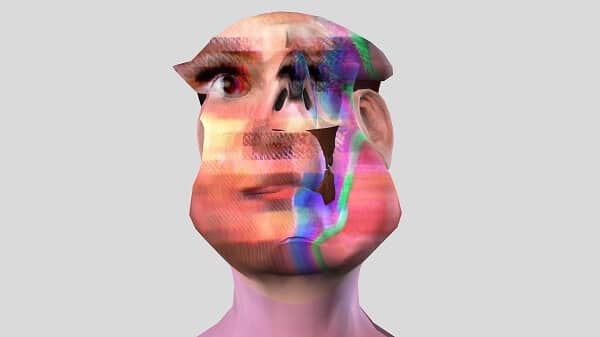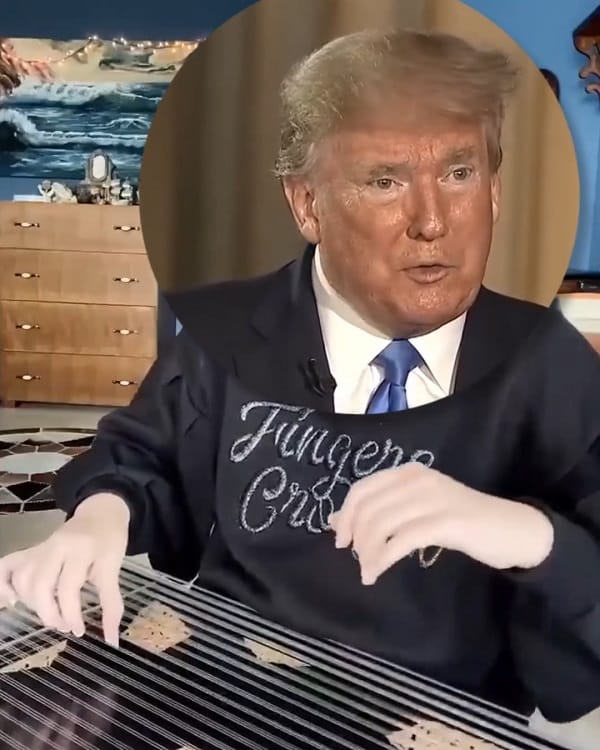We exist day to day between the physical world and the intricately linked domains of the Internet. The extraordinary technological experiences and possibilities of the digital giant’s offerings have revolutionised the modern world in miraculous ways, but in the 21st century there is fast growing concern for our online safety and privacy.
The global good of the Internet is side-lined by its power to manipulate and shape society’s ideas and interactions, invade our privacy, feed us false information, deliver fake news, collect data and conduct hidden surveillance. And in the midst of the Covid-19 pandemic we have turned to the Internet with more intensity than ever before.

With these complexities in mind UQ Art Museum have developed a major two-part exhibition titled ‘Conflict in My Outlook’, curated by Anna Briers. The project begins with the exhibition ‘Conflict in My Outlook_We Met Online’, which also includes a series of live events, panel discussions and interviews available on the museum’s website until 22 March 2021.
Part two: ‘Conflict in My Outlook_Don’t Be Evil’ is scheduled for 30 July 2021 and will continue until March 2022.
Part 1: ‘We Met Online’ showcases recent and newly commissioned digital artworks and academic provocations by Australian and international artists including Zach Blas, Natalie Bookchin, Chicks on Speed, Xanthe Dobbie, Sean Dockray, Kate Geck, Elisa Giardina Papa, Matthew Griffin, Kenneth Macqueen, Daniel McKewen and Zach Blas & Jemima Wyman.
As a starting point the artists explored existing imagery and messaging from the “Internet and its contents to consider the world in which we live. They co-opt and remix user-generated content sourced from video blogs or social media platforms, they employ geolocation technologies, and they explore Augmented Reality filters, Virtual Reality environments, and data visualisation,” the museum notes.

Zach Blas and Jemima Wyman are responsible for the resurrection of Tay, an Artificial Intelligence (AI) chatbot, which was launched by Microsoft on Twitter in 2016, only to be terminated 16 hours later after the digital bot fell victim to nasty, racist, misogynistic and homophobic trolls on social media. Meet the reconstructed Tay and hear the full story here.
Xanthe Dobbie is a gender non-binary artist, whose digital collages, screensavers and video works function as celebrations of queer sexuality and identity. Dobbie invites you to take their Wallpaper Queen Quiz. A digital collage created using an array of Internet sourced images rewards your time with a portrait of the ‘Queen’ that you are! The fun starts here and if you are over 18 there is a uncensored section.
Commissioned by UQ Art Museum, Matthew Griffin made a series of eight digital collages presented on Instagram. The weekly creations were made in direct reference to the world-wide lockdowns and social isolation measures that unfolded May through June 2020. “These satirical vignettes reflect the absurd chaos of the global political landscape and the information overload of digital hyper-connection,” UQ Art Museum records. Click here to find out more about what’s behind Griffin’s project and to view the artist’s animated Instagram posts.

There’s no better way to bring your digital focus to a close at the end of the day, than to cleanse and free your mind in meditation and let it all melt away. Kate Geck has created rlx:tech, a digital spa experience designed to release you from your social media anxieties and network fatigue. The spa is located on the website of a fictional organisation promoting corporate wellness solutions to enhance productivity. Try it here.
“Conflict in My Outlook examines the dynamics of power and control. It asks, ‘what will become of our privacy in the context of data mining, Artificial Intelligence and weapons-grade surveillance capitalism? Are data rights human rights? How can I disappear?” notes Briers.
To explore the works in the exhibition and the program of special events start your journey here. For a more in-depth understanding of ‘Conflict in My Outlook’ you can read the exhibition essay written by the curator Anna Briers.